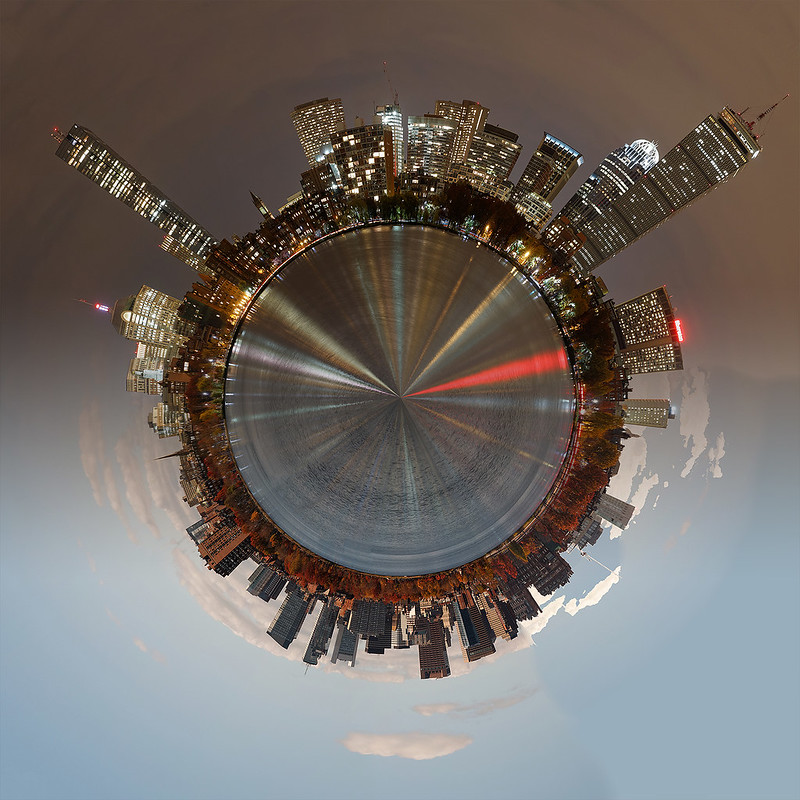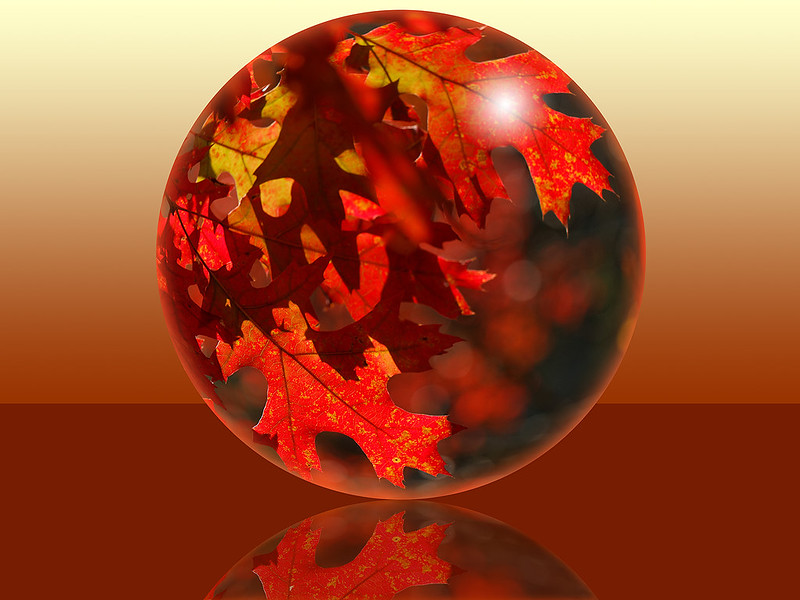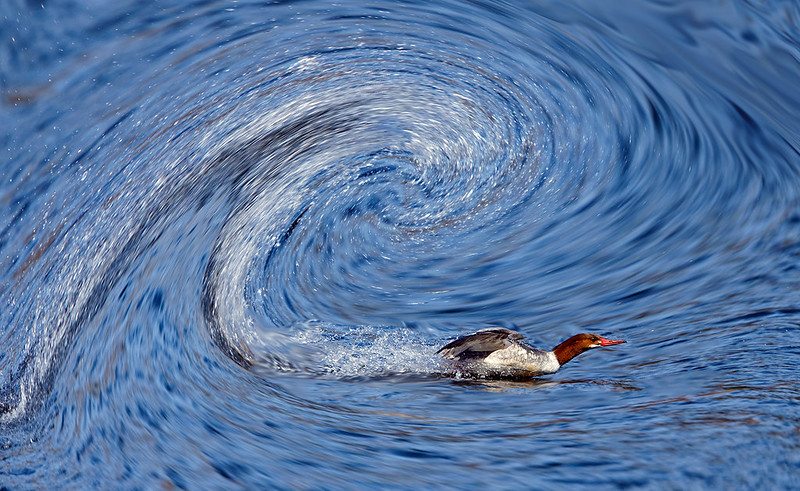I thought it might be fun to start a thread on creatively post-processed images, shots that are clearly 'photoshopped'. The idea is to at least show the before and after versions, and if you're willing to share the details, an outline of the processing steps to go from the original to the final image.
I'll start the thread off with a few examples, with the processing details for some of them...
This is Boston Light, on Little Brewster Island in the Boston harbor. The only way to get to shots of the lighthouse in 'good light' (sunrise, sunset) is to have your own boat; the tours go out in the middle of the day. This shot was taken from the tour boat on the return trip, at about 4pm on a hot summer day (~90 °F) with a hazy sky - not particularly good light.
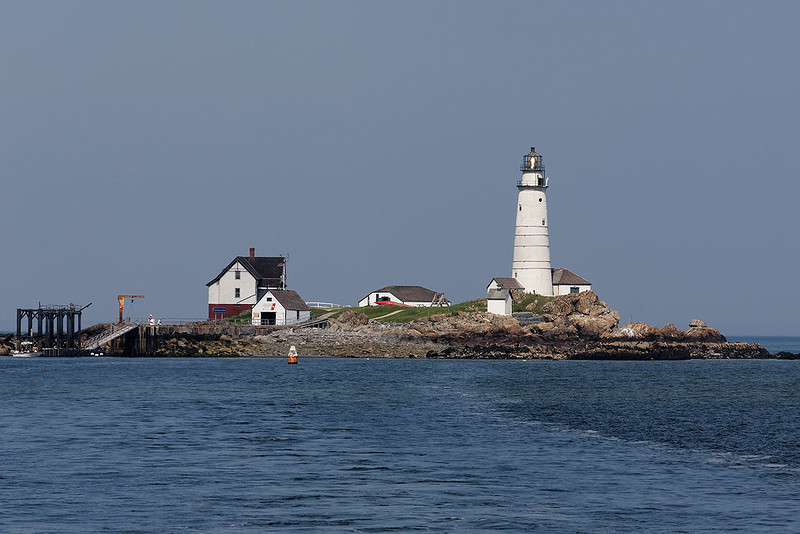
EOS 1D X, EF 70-300mm f/4-5.6L IS USM @ 300mm, 1/250 s, f/16, ISO 100
In CS6:
Here's the result:
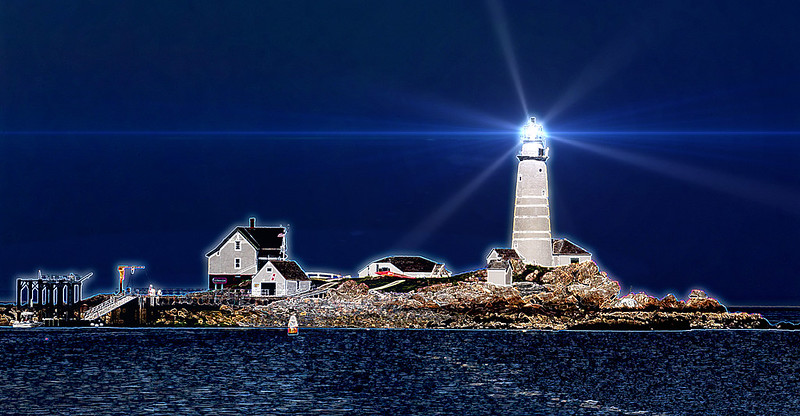
I'll start the thread off with a few examples, with the processing details for some of them...
This is Boston Light, on Little Brewster Island in the Boston harbor. The only way to get to shots of the lighthouse in 'good light' (sunrise, sunset) is to have your own boat; the tours go out in the middle of the day. This shot was taken from the tour boat on the return trip, at about 4pm on a hot summer day (~90 °F) with a hazy sky - not particularly good light.

EOS 1D X, EF 70-300mm f/4-5.6L IS USM @ 300mm, 1/250 s, f/16, ISO 100
In CS6:
- Duplicated image in new layer
- Filter Gallery > Glowing Edges (width 5, brightness 10, smoothness 6)
- Blended layer as Vivid Light (100% opacity, 50% fill)
- Magic wand selection of sky (tolerance = 20, anti-alias and contiguous)
- Filter menu > Blur > Gaussian blur (radius = 20.0)
- Cropped image (remove about half of water at bottom and and a bit of sky at top)
- Saved as JPG
- Added Polaris flare (decrease brightness by ~50%, increase scale by ~50% and adjust rotation)
- Added Gamma Rays flare (decrease brightness by ~80%, adjust aspect ratio ~50% rightward)
Here's the result:


